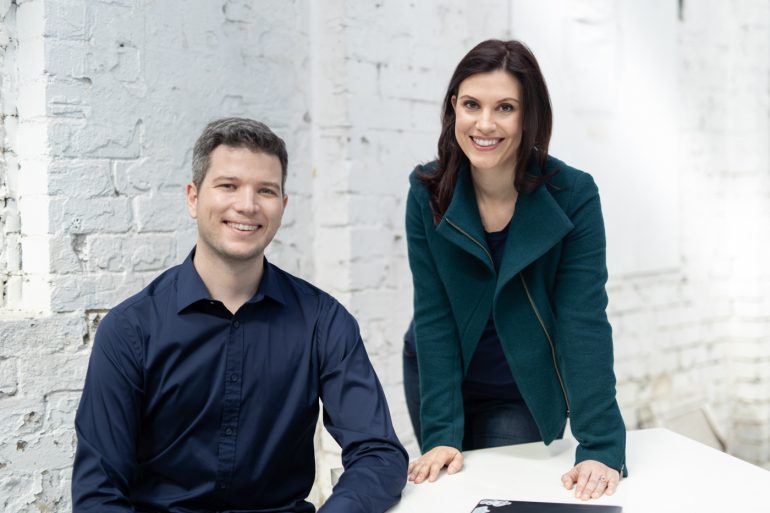Husband-and-wife duo Dean and Diony McPherson have the classic startup beginning, launching their business form-building solution on the kitchen table.
Paperform was born out of their shared frustration with the tedious administrative tasks that overshadowed their tech jobs. Australian business owners spend an estimated 81 days a year on administrative tasks. So in 2016, the McPhersons decided to do something about it. Paperform automates manual processes using forms.
It quickly became apparent that the demand was there. Within two months of its launch Paperform had 3000 paying customers. A month later, the husband and wife team quit their jobs to focus on their startup full time. They’ve bootstrapped from the outset.
Now, more than five years on, Paperform has gone from side hustle into a multi-million dollar company with over 20 employees from around the world.
The customer base includes The World Bank, GCMag, Zapier, and Appsumo. Small businesses, universities and governments are among 6000 users globally.
Diony, the company’s chief operating officer, said Paperform has become a place where people come to solve their problems, and simplify their work. And with the business now crossing the $2 million annual run rate threshold, they’ve refreshed the brand as they look to build further momentum.
“As parents of four kids living in a city as expensive as Sydney, we had the same motivations when starting Paperform that a lot of our customers did when they started their own businesses,” she said.
“Spending more time with the family, affording a home for our kids to grow up in, all while focusing on the bits of our work that we love. At its core, Paperform is about tipping the work/life balance back toward life.”
Dean said getting to know Paperform’s users was the basis of this rebrand.
“Creating a new visual identity wasn’t just about refreshing our logo and colors; it was about better representing the countless creative solutions that our users have created with the product over the years,” he said.




















Trending
Daily startup news and insights, delivered to your inbox.